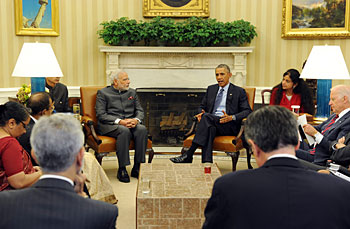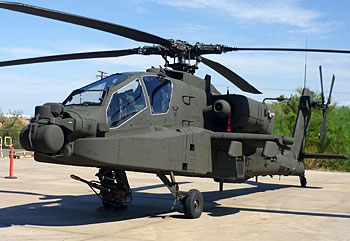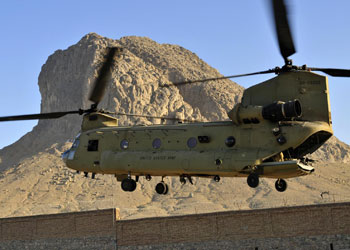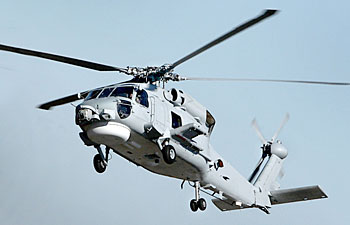INDIAN ARMED FORCES CHIEFS ON
OUR RELENTLESS AND FOCUSED PUBLISHING EFFORTS

SP Guide Publications puts forth a well compiled articulation of issues, pursuits and accomplishments of the Indian Army, over the years

I am confident that SP Guide Publications would continue to inform, inspire and influence.

My compliments to SP Guide Publications for informative and credible reportage on contemporary aerospace issues over the past six decades.
Obama The Chief Guest
 |
By Air Marshal B.K. Pandey (Retd) Former Air Officer Commanding-in-Chief of Training Command, IAF |

After the successful high-profile visit of Prime Minister Narendra Modi to the US in September last year, acceptance of his invitation by the American President to be the Chief Guest at the Republic Day Parade in New Delhi on January 26, 2015 is being seen as another major diplomatic coup for the Indian leadership. Barack Obama will be the first-ever American head of state to be accorded this honour. Besides, this will be his second visit to India during his tenure as the President, in fact the only US President to do so. While expectations from the forthcoming visit are bound to run high, there is also skepticism in some quarters primarily as the ruling party in the US has lost majority in both houses of Congress in November last year. Obama therefore is being seen as a “Lame Duck President” for the rest of his term that ends in January 2017.

After a series of hiccups since the famous civil nuclear deal called the “123 Agreement” initiated jointly nearly a decade by Prime Minister Dr Manmohan Singh and President George Bush and ratified in 2008, Indo-US relations have been afflicted with divisive issues and in fact occasionally appeared to be completely derailed. However, with the NDA government coming into power in May last year, bilateral ties between the US and India appear to be getting back on track. And there is hope amongst the majority that the forthcoming visit of the US President will be the beginning of a new chapter in the relationship between the two nations and propel the strategic partnership crafted earlier to a new level.

What then are the possibilities and opportunities the forthcoming visit has to offer? First and foremost the effort of the US President would be to break the stalemate on the Nuclear Liability Law that would pave the way for US companies to exploit the opportunities latent in the Indo-US civil nuclear deal. For India too, this is important in view of her ever-growing energy needs. Pursuing this agenda, India would like some progress on the supply of LNG and shale gas from the US. As for cooperation in the field of defence, the decade old partnership in this field that has been weakened considerably, may be renewed and given a fresh lease of life. Raising the cap on Foreign Direct Investment in India could also figure prominently on the agenda.

In order to attract investments from the US, the Indian side would leave no stone unturned to reassure the US President about the determination of the Modi government to make it easier for foreign companies to conduct business in India especially in the capital-intensive segments of the industry such as surface transportation as well as in defence production. There are a number of defence acquisition projects in the pipeline involving US defence and aerospace majors. These include 22 Apache attack helicopters and 15 Chinook heavy-lift helicopters both from Boeing, six additional C-130J Super Hercules military transport aircraft from Lockheed Martin for the IAF, 16 S-70B Seahawk helicopters from Sikorsky for the Indian Navy as well as 145 M777 ultra-light howitzer artillery guns from BAE Systems in the US for the Indian Army. All these purchases worth billions of dollars will generate substantial offset business in India. President Obama may personally interact with the leading business houses in India.
On the strategic and security issues that are likely to be on the agenda, the US would like to incorporate India into her broader plan and assign her a larger role to achieve stability through a balance of power in the Asia Pacific region primarily to neutralise the growing influence of China. The two nations are likely to reevaluate the rising menace of terrorism from Pakistan and Afghanistan especially post withdrawal of US forces from the region, way forward for the global war on terrorism and the relationship between Pakistan and the US especially its financial support to the former. Also on the agenda could be the rise of ISIS, the ensuing turmoil in the Middle East and its impact on India.
While the nation will anxiously look forward to positive outcomes from the visit, internal security during this period would be of serious concern. Apart from the threat to personal security to both the leaders, there is a real possibility of terrorist attacks sponsored from across the border to disrupt the visit and scuttle the dialogue. As per top echelons of the military leadership in J&K, terrorists may adopt the Peshawar model and target schools in India. The Indian security establishment will indeed be confronted with serious challenges during the visit.





